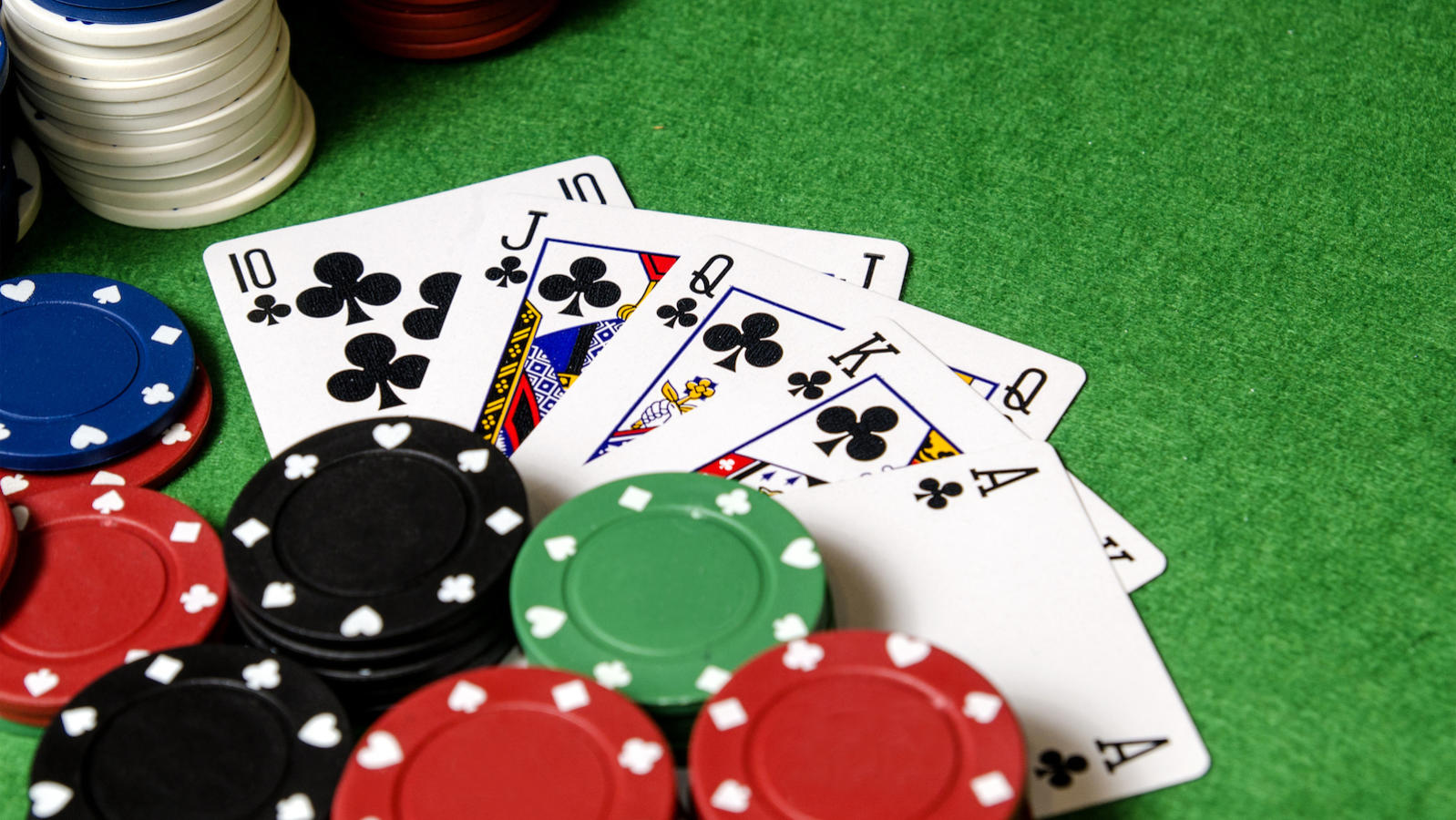The check in poker is one of the most underestimated tools in a player’s arsenal. On the surface, it may appear passive or even weak, but in reality, checking can serve a variety of strategic purposes. It allows players to control the size of the pot, extract information from opponents, or bait aggressive action. Understanding when and why to check is crucial in elevating one’s game from basic play to strategic finesse. One of the primary advantages of checking is pot control. In hands where a player holds a marginal or drawing hand, checking can prevent the pot from ballooning unnecessarily. This is especially useful when out of position or unsure of where you stand in the hand. By checking, a player buys time and keeps the pot manageable, which in turn can reduce variance and protect one’s chip stack over the long term.

Beyond pot control, the check can also be an effective way to induce bluffs. Opponents may interpret a check as a sign of weakness, prompting them to bet aggressively in an attempt to steal the pot. This opens up an opportunity for a well-timed check-raise or a call-down strategy, depending on the opponent’s tendencies and the board texture. Used wisely, HighStakesDB poker tips checking can turn your opponent’s aggression into a trap they willingly walk into. Patience is another core element when using the check effectively. Too often, players feel compelled to take immediate action, betting or raising without fully thinking through the hand. By choosing to check, players grant themselves time to assess the situation, observe opponents’ behavior, and consider future streets. This deliberate pace often leads to better decision-making and reduces the likelihood of costly errors.
Additionally, checking can be used for deceptive purposes. Skilled players will occasionally check strong hands, such as top pair or better, to disguise their strength and lure opponents into making mistakes. This balance between checking with weak, medium, and strong hands is vital in avoiding predictability. If opponents cannot easily read your hand strength, they are more likely to make incorrect assumptions, which can be exploited over time. Lastly, mastering the check requires a deep understanding of table dynamics and opponent tendencies. No two games are the same, and recognizing when a check will yield maximum value depends heavily on experience and situational awareness. The more one plays, studies, and reflects on hand histories, the better one becomes at incorporating this subtle yet powerful move into a broader strategic approach.